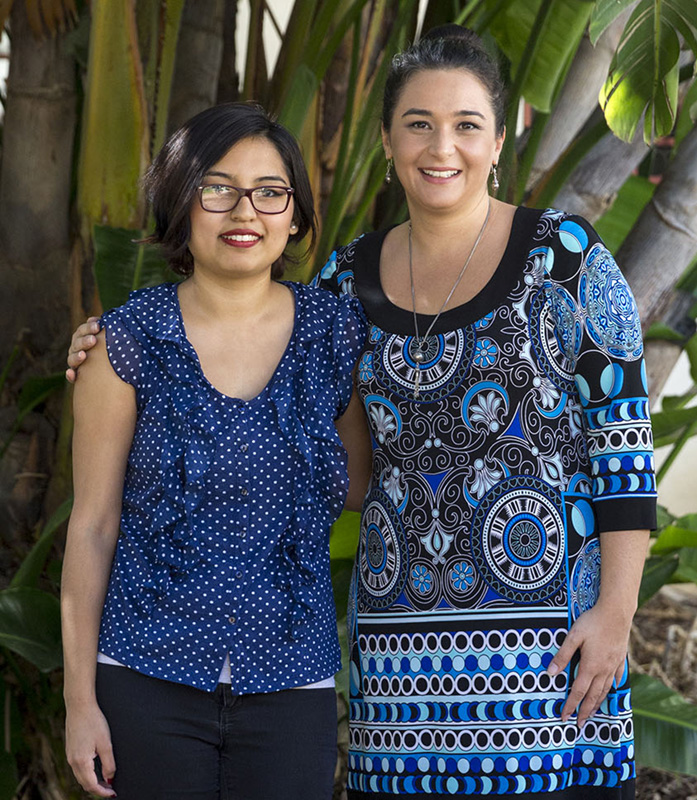Ekin Pehlivan, Assistant Professor of Marketing

In this study, we utilize marketing research techniques to measure CSU Channel Islands’ effectiveness in instilling the four mission pillars into the student body. These four pillars are multiculturalism, community engagement, interdisciplinary and internationalism. CI offers many curricular and extracurricular opportunities for students to reach these ends, such as interdisciplinary student research communities, service learning and volunteering activities, long- and short-term study-abroad programs and events to foster tolerance, acceptance and appreciation of diverse cultural perspectives.
While effectiveness is difficult to define in the context of a university mission statement, for our purposes we define effectiveness as how strongly or successfully CI was able to instill the four mission pillars into the class of 2016 in comparison to the incoming students. We set out to measure the effectiveness of these opportunities through a survey that uses psychographic measurement scales created by marketing scholars (Jibaja et al 2000; Leucht et al 1990; Morais & Ogden 2011) to segment students and measure the differences between incoming students (freshman and first-year transfer students) to the graduating class of 2016. The survey was distributed to all 5,918 undergraduate students. We received 682 unique responses.
We hypothesized that the graduating class would score significantly higher than the incoming class on scales related to multicultural diversity, interdisciplinary approaches, international perspectives and community engagement. Our preliminary results suggest that our hypothesis regarding community engagement was supported, and our hypotheses regarding multicultural diversity, interdisciplinary approaches and international perspectives were marginally supported at a significance level of ≤ 0.1. While the graduating class scored higher on each variable than the incoming class, the mean comparisons may suggest that CI students gain an appreciation for community engagement during their college experience (assuming incoming cohorts are similar each year).
While there were several limitations to this study, the major limitation is the cross sectional data: We do not follow the incoming students as a panel to understand whether they graduated with higher scores in these four areas than their score at admission, but merely compare the incoming and graduating class’s score on each pillar.

Our contribution to CI through this study can be two-fold: First this study might enable us to evaluate how well CI can instill its core values across the student body. A secondary contribution can be to provide information to recruitment and admissions on how to target specific students during the admissions process based on the psychographic profile of the current student body.
Return to the Table of Contents
© Fall 2016 / Volume 20 / Number 02 / Bi-annual
